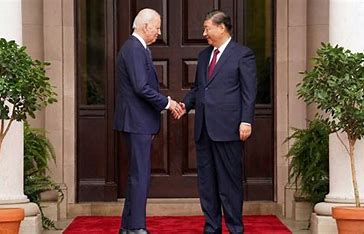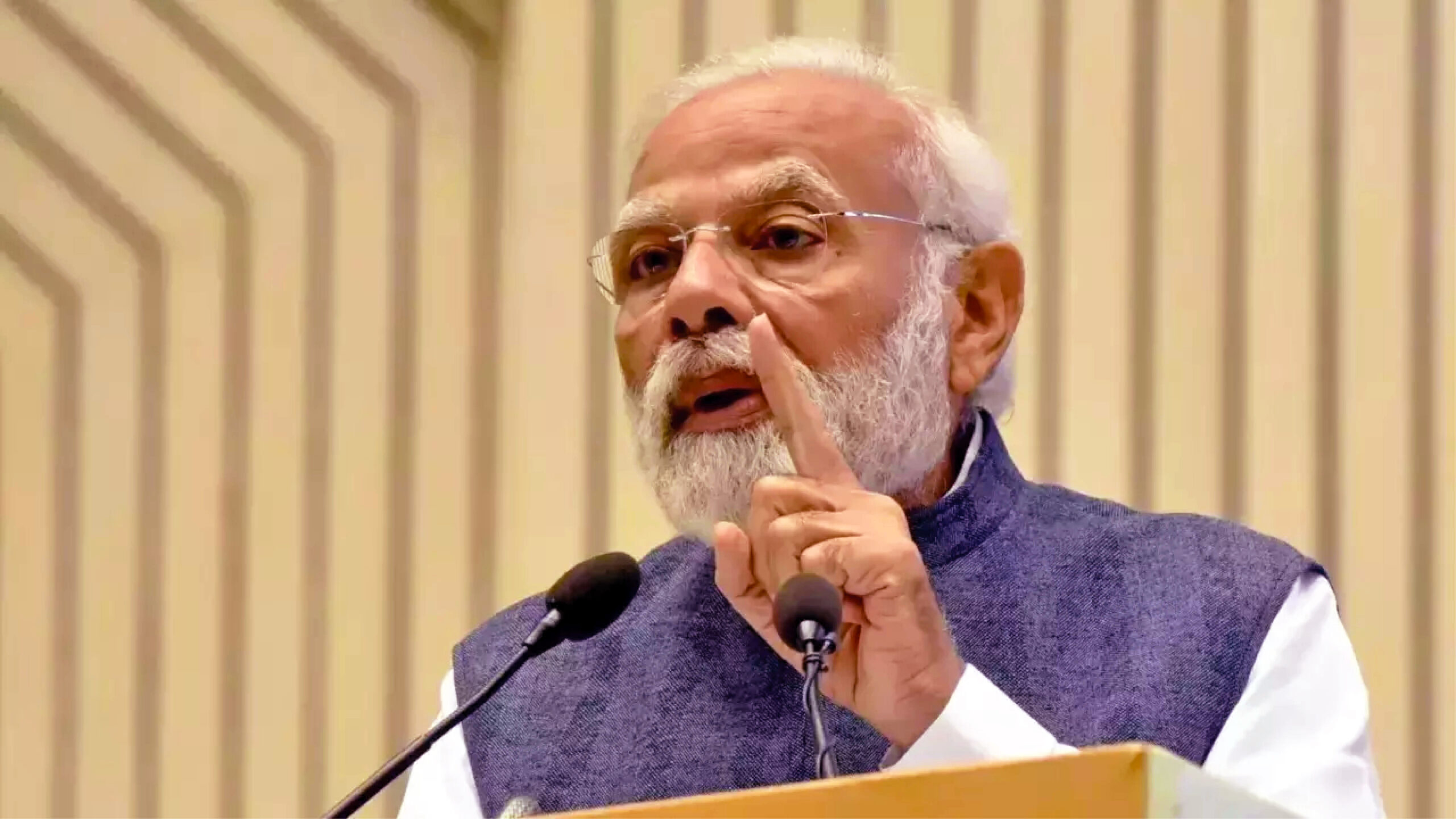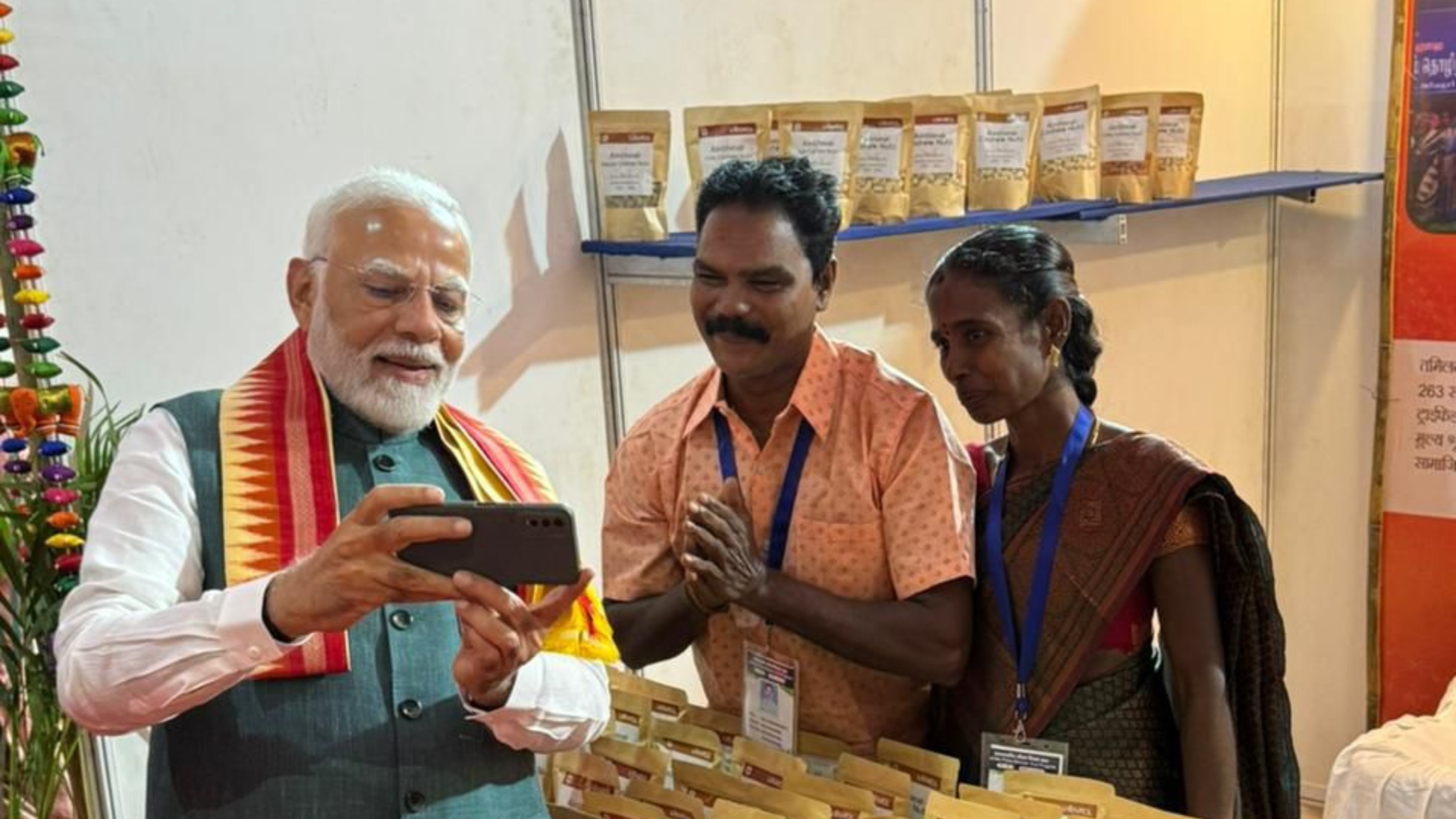
Migration for job purposes is not a new phenomenon. Migration within a country is not an issue, as you will be guided by your lex loci. However, when you migrate to other countries, many problems and legal issues arise. Not only does the change of culture bring challenges, but traditions also become a social issue that immigrants face. One such social and legal issue is parenting differences. It has become challenging for Asian parents to manage their traditions in European countries.
In recent times, the taking of custody of children away from their parents by authorities has caught the attention of the media, world leaders, and other platforms. In India, this issue first came into the limelight when a Bengali couple, Sagarika Chakraborty and Anurup Bhattacharya lost custody of their children to the authorities in Norway on account of “poor parenting”. The Norwegian Government alleged that “Mrs Chatterjee” fed her kids using her hands, which was considered forced feeding and improper parenting. In the year 2011, Barnevernet, an agency for child protection in Norway, took custody of both their children and placed them in a foster home. Barnevernet placed the family under observation and stated that the couple had beaten the children, which constituted corporal punishment.
These activities, commonly used for rearing children in Indian tradition, were in conflict with Norway’s strict laws for child protection. The cultural differences between these two countries did not deter the Norwegian government from taking these harsh steps. This was also depicted on the silver screen in a movie titled “Mrs Chatterjee vs Norway,” where famous actress Rani Mukherjee portrayed Sagarika. Similar instances have been witnessed in Germany, where a Gujarati couple lost custody of their child to authorities. In this case, the Ministry of External Affairs of India had to intervene, but due to legal constraints, the issue remains unresolved. In Australia, there was also the tragic suicide of a mother named Mrs Patil, whose children were confiscated by Australian Child Protection Services.
Parenting is a unique and adventurous journey, and parenting practices vary within the same family and differ significantly across countries and cultures. For example, it is acceptable for parents in Japan to allow their children as young as 7 years old to commute on trains and buses on their own, which is almost unthinkable in India. Researchers have identified three major factors affecting parenting styles: how parents show affection to their children, the level of control they exert, and the degree to which they provide a predictable and consistent environment for their children to grow up in.
Let’s take a look at some interesting parenting styles from around the world. In Norway, Sweden, and Denmark, babies are often allowed to nap in their strollers outside coffee shops or restaurants due to the high level of street safety.
This is a practice that we can hardly imagine in India or across Asia. In China and Vietnam, potty training starts for children when they are just 9 months old. Similarly, in South Korea and France, eating is a social experience meant to be enjoyed with the family, whereas in India, parents tend to fix meals for children if they are hungry before sitting down for lunch or dinner. In Finland, children spend less time in school and more time outdoors, and corporal punishment is banned in Sweden.
Children who are removed from their parents and placed in foster care in foreign countries often face challenges. They are often very young, unfamiliar with the local language and culture, and taken from an environment that closely resembles their home in India.
They are placed with foster caregivers who have no ethnic or cultural links with the child. This issue is not unique to India and affects expatriat families from other countries as well.
India has the world’s largest diaspora, with 32 million expatriates, and over a million citizens travelling abroad for work each year. The idea of “Vasudhaiva Kutumbakam” (the world is one family) is becoming a lived experience for these families. Today, there is an urgent need for the international community to develop a protocol for the repatriation of children removed from their parents by foreign child services. The fate of these children should not be determined solely on a technical and jurisdictional basis, though we must respect foreign legal systems when they believe children are in danger. The child’s fundamental humanity must come first, and their ethnic background should not be disregarded.
According to the judge’s letter, these Indian expatriate children were taken from their parents’ care due to “grounds of abuse, neglect, or harm” and placed with foster caregivers who were native to the country of residence and had no ties to the child’s home culture. Consequently, these children lose their identity and are unable to form relationships with their extended relatives or their place of origin. They age out of foster care in a state of dual alienation—they are not citizens of the country of residence and have no substantial ties with their country of origin.
The hope for the future is that when global leaders meet at international summits, they should prioritize discussing this issue, which is directly connected to humanitarian values. This way, no mother, like Mrs Patil, should feel compelled to take steps towards suicide out of love for their children.
Dr Pyali Chatterjee and Sashank Sekhar Dayal are the HOD, Faculty of Law and Assistant Professor, Faculty of Arts, ICFAI University, Raipur, Chhattisgarh, respectively.















